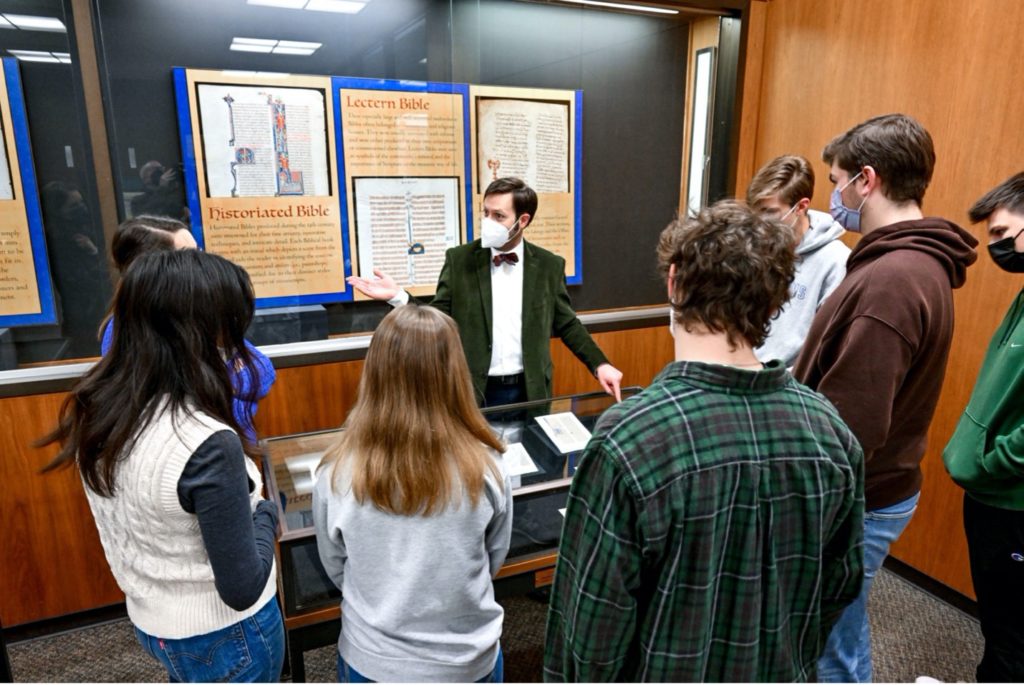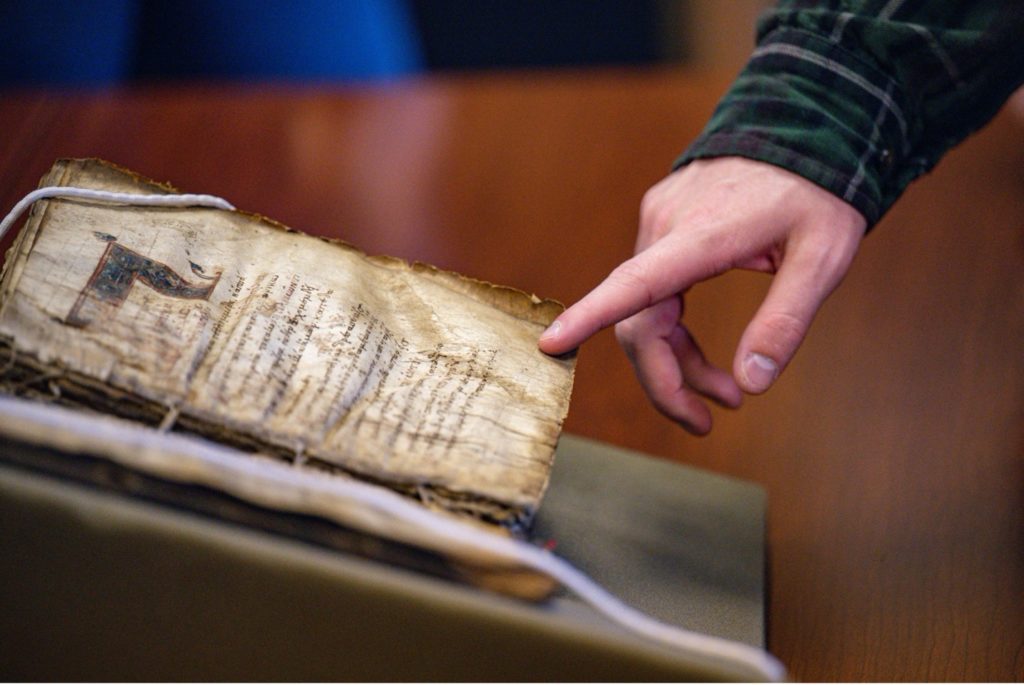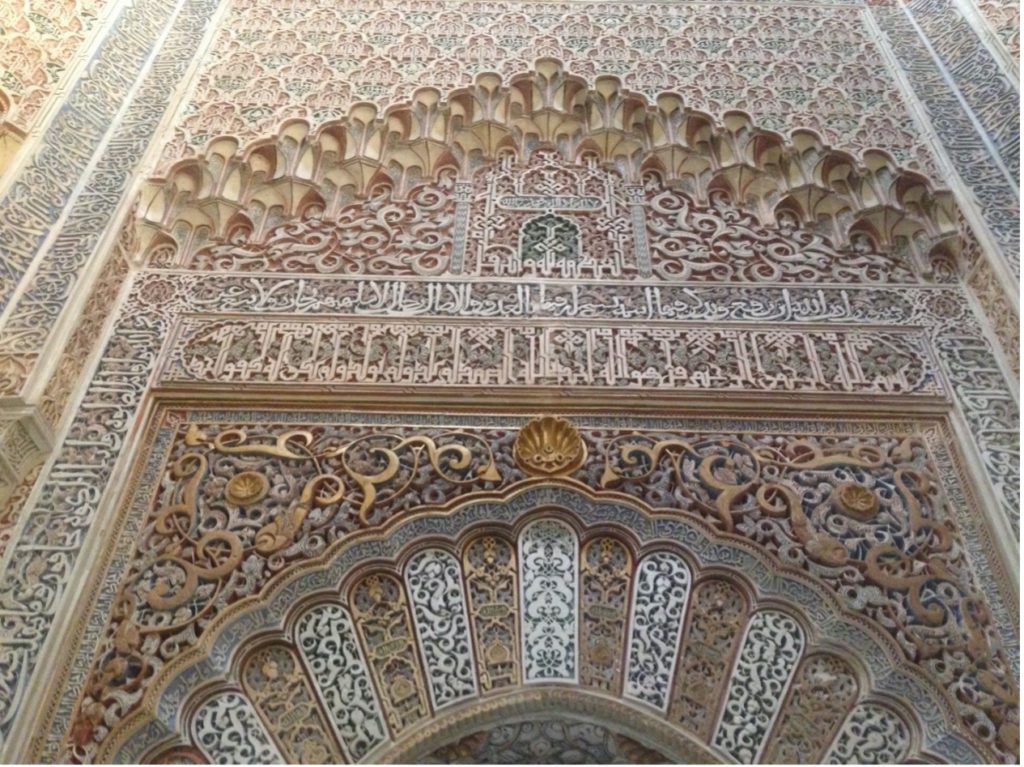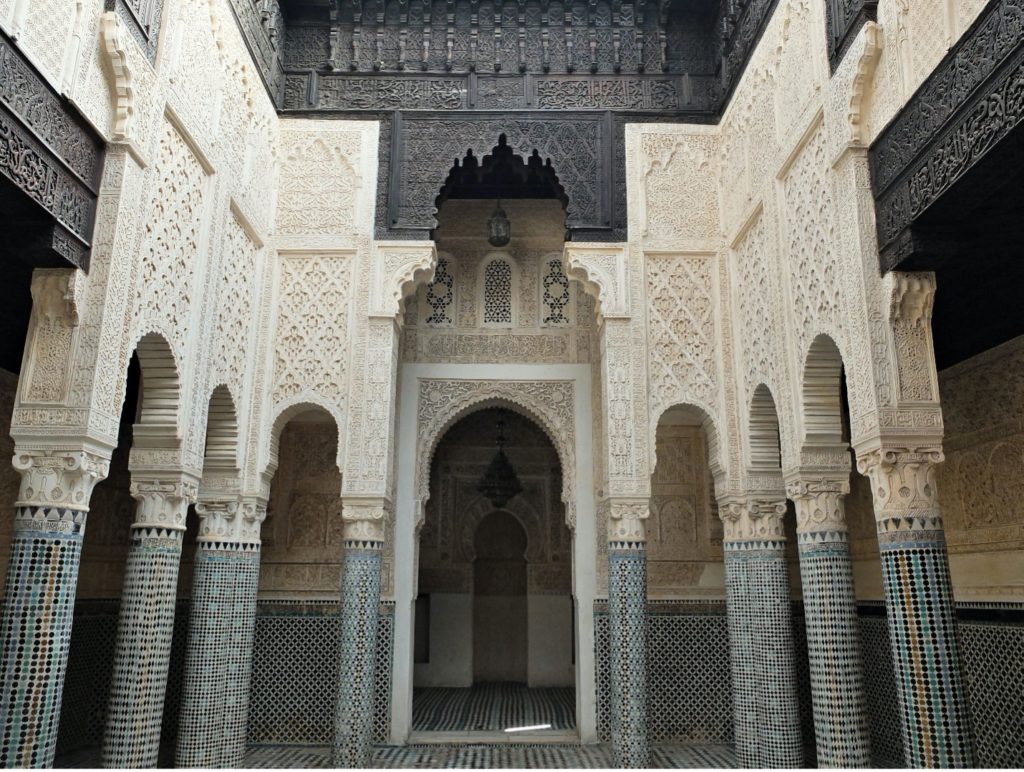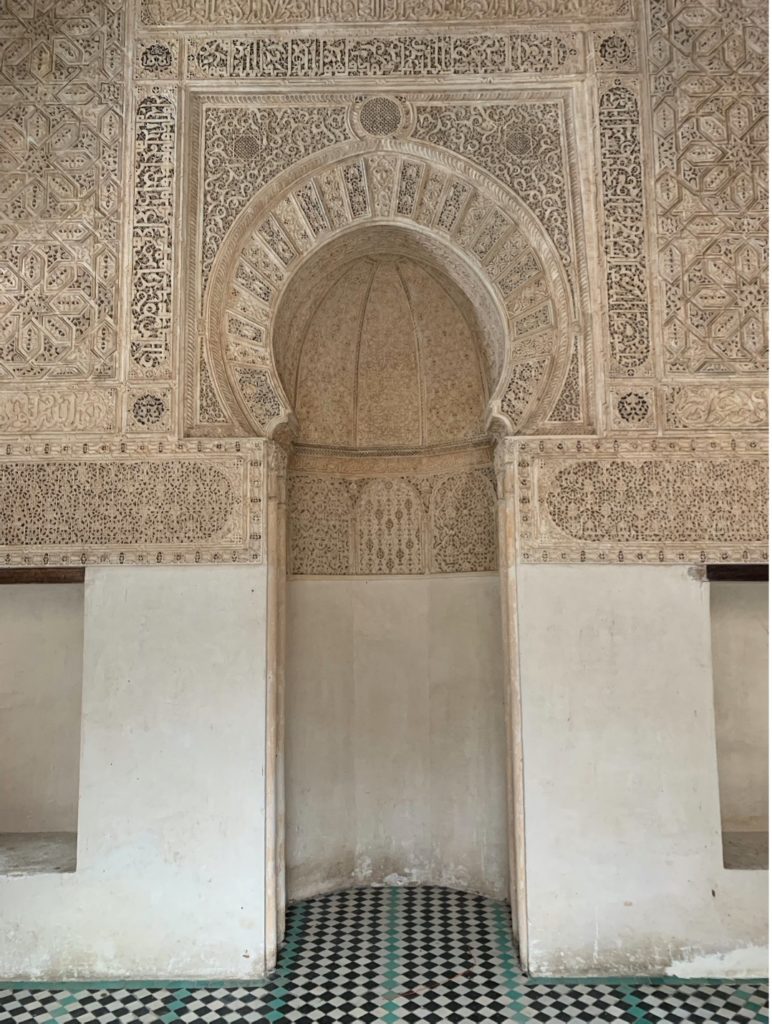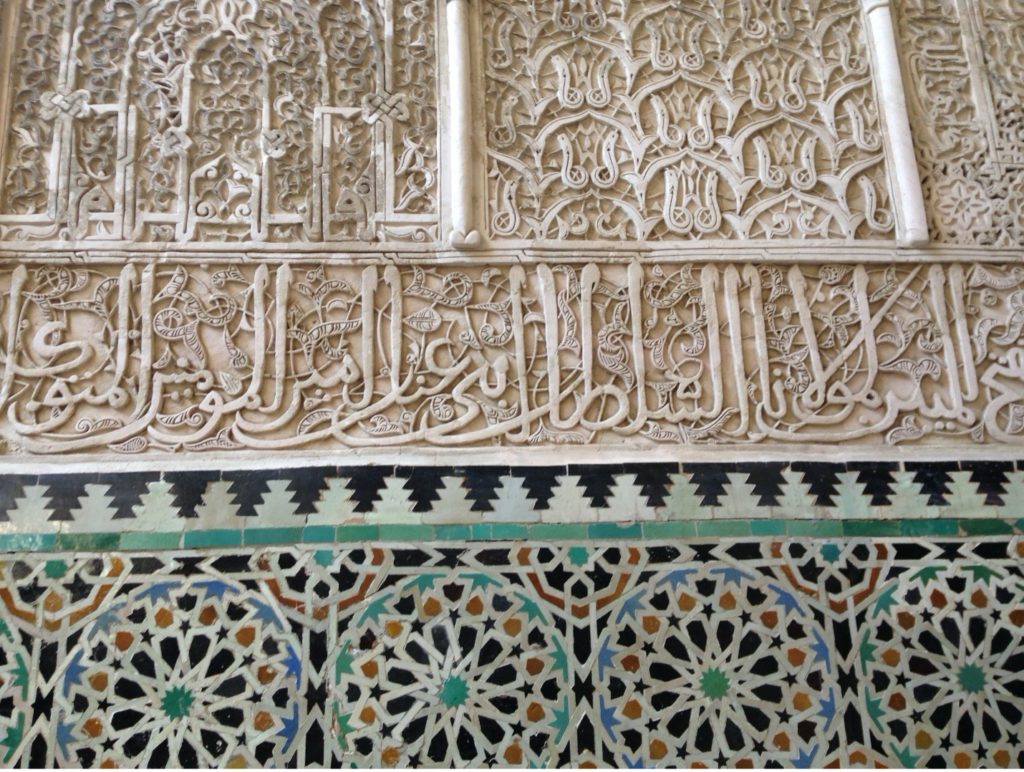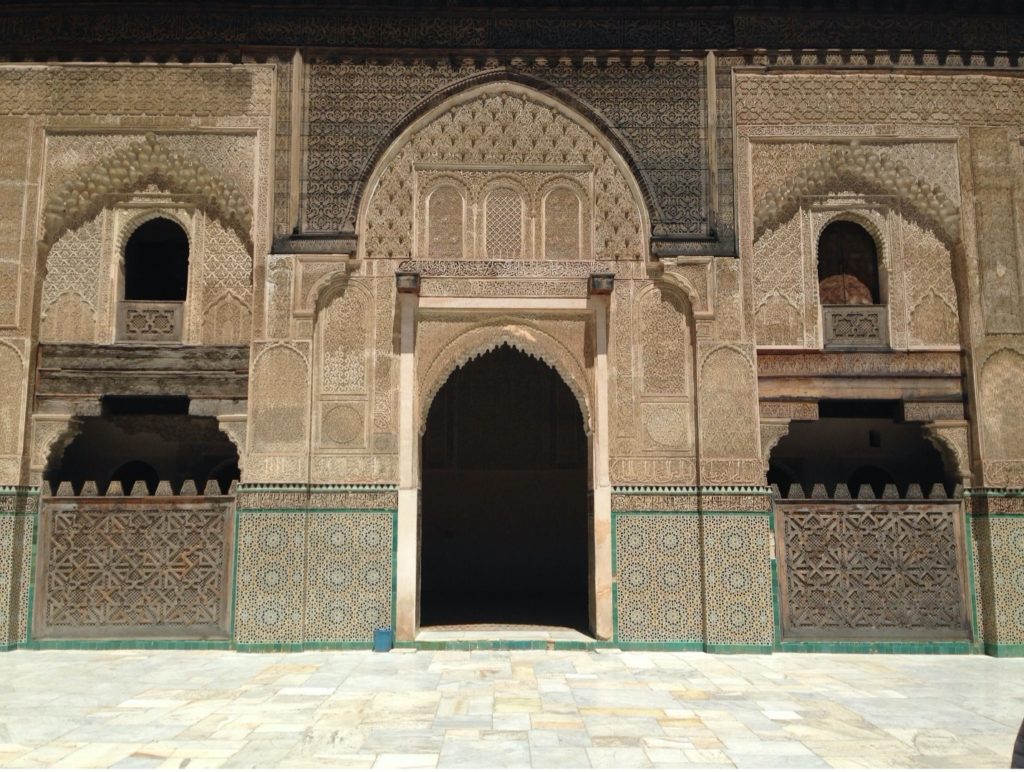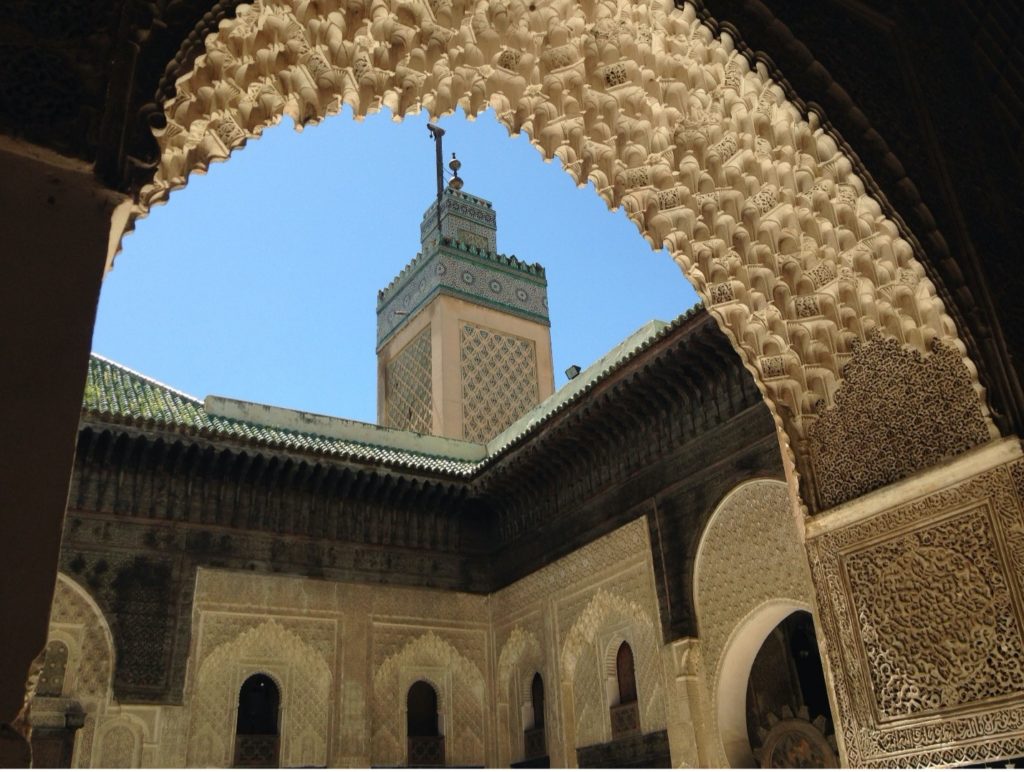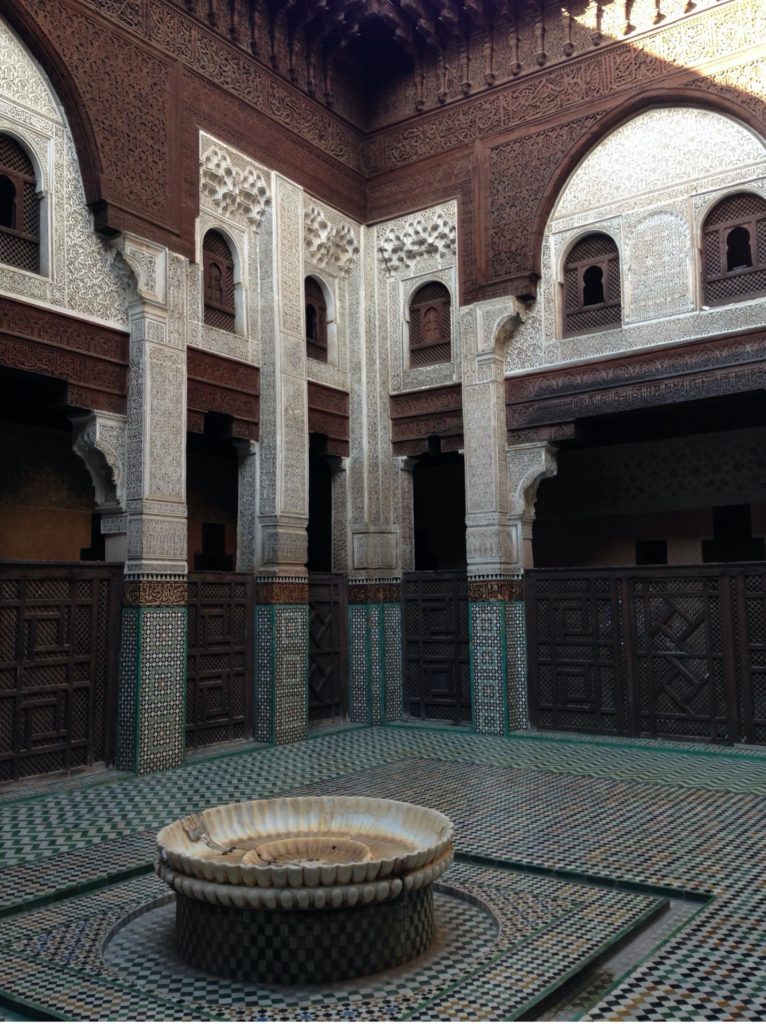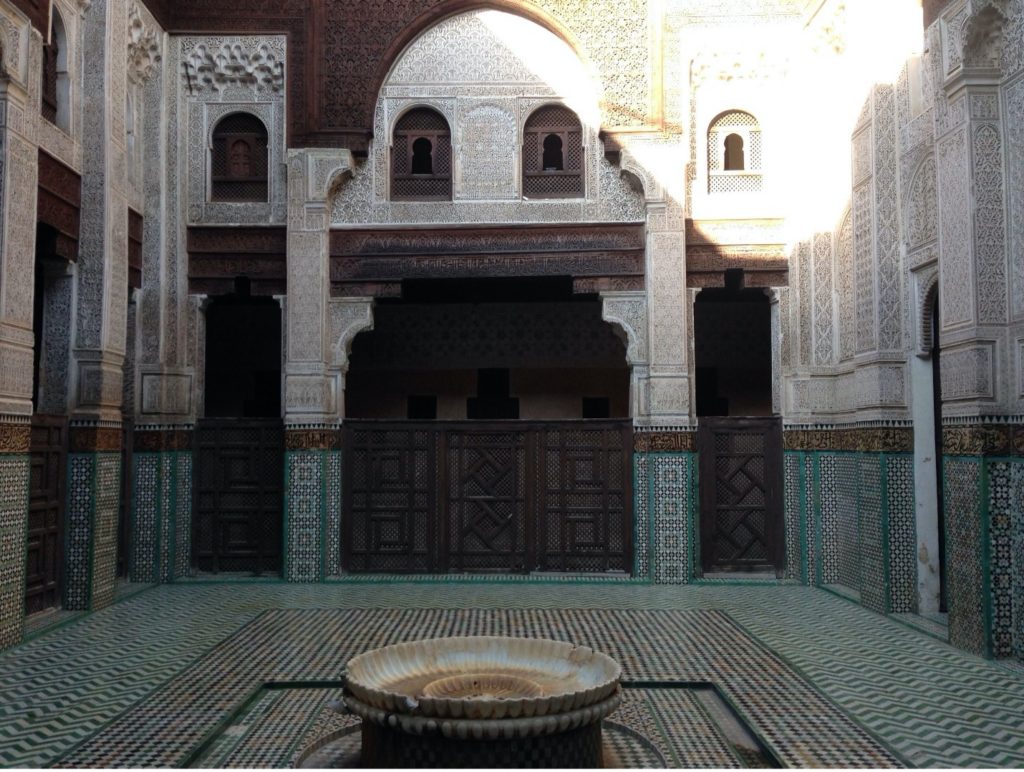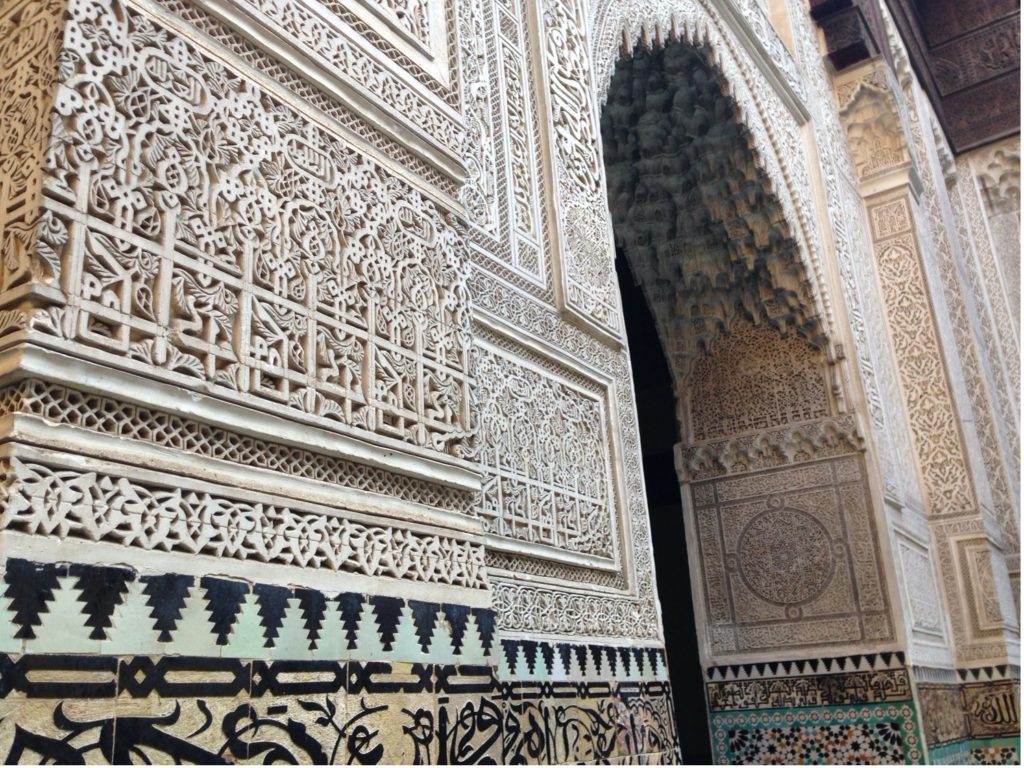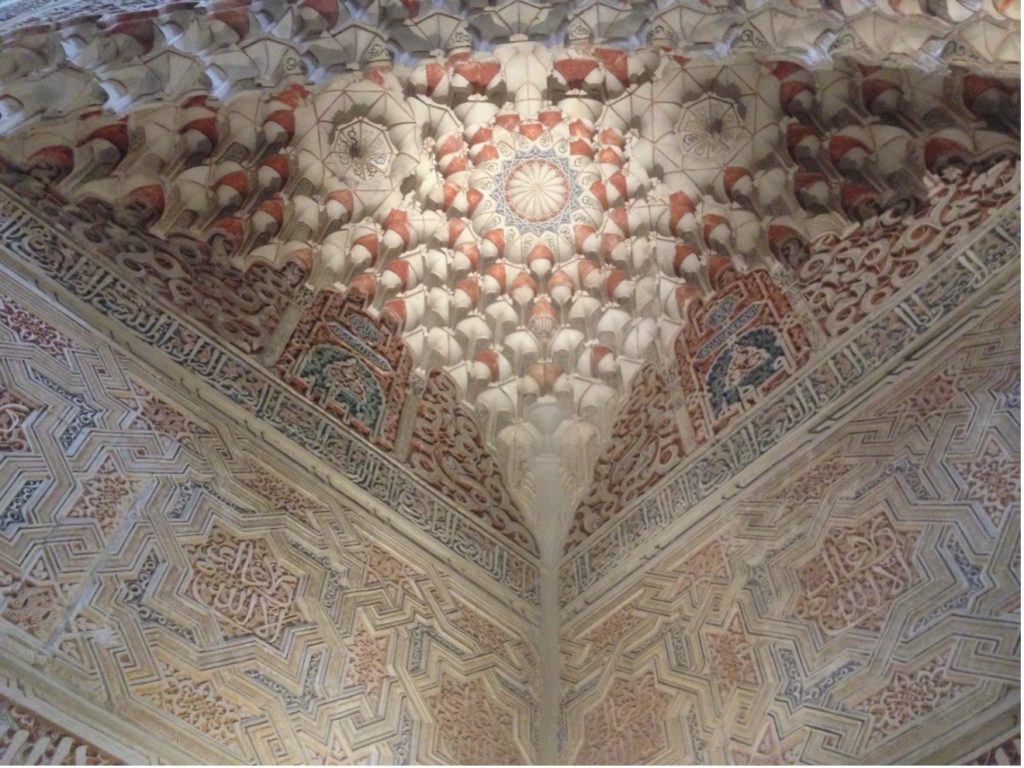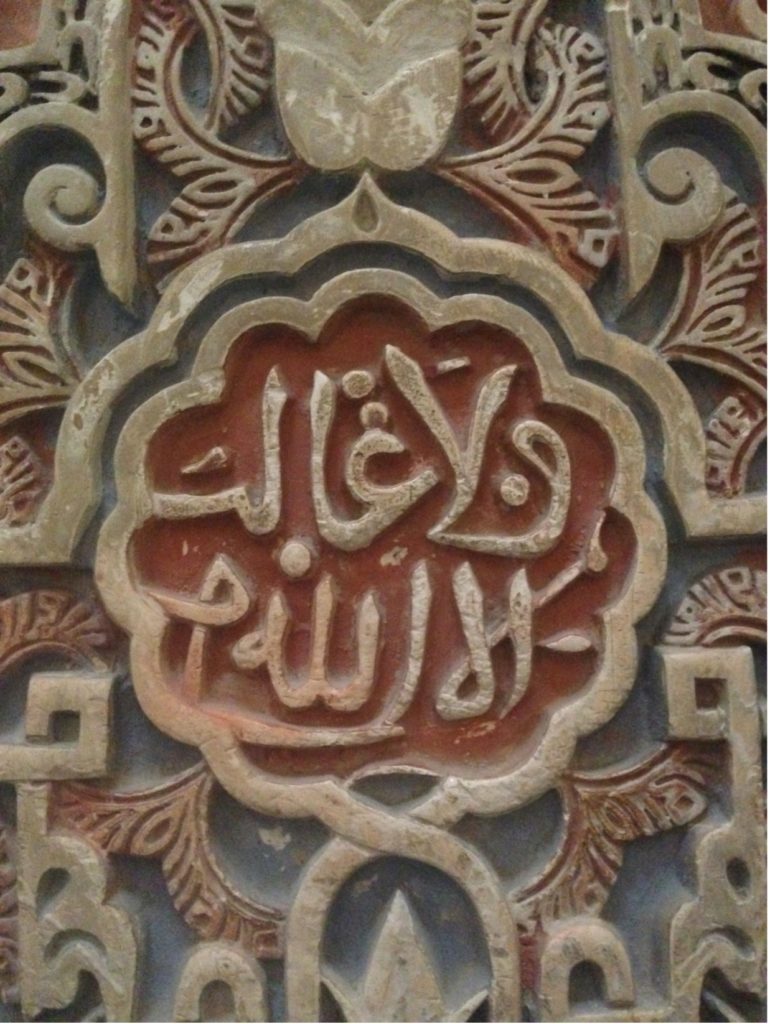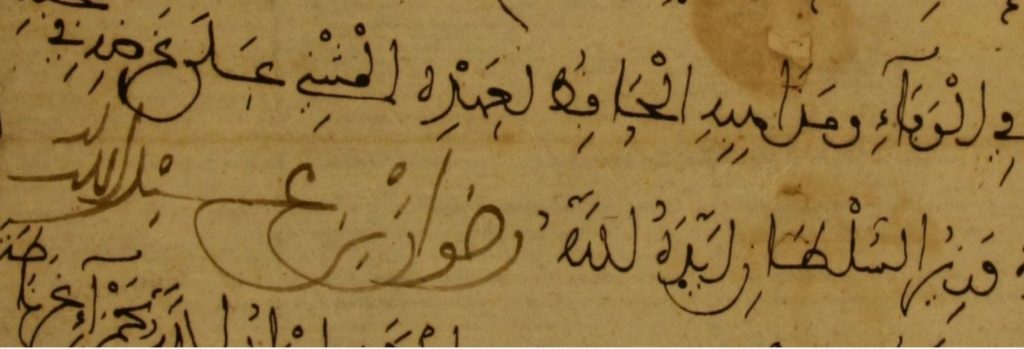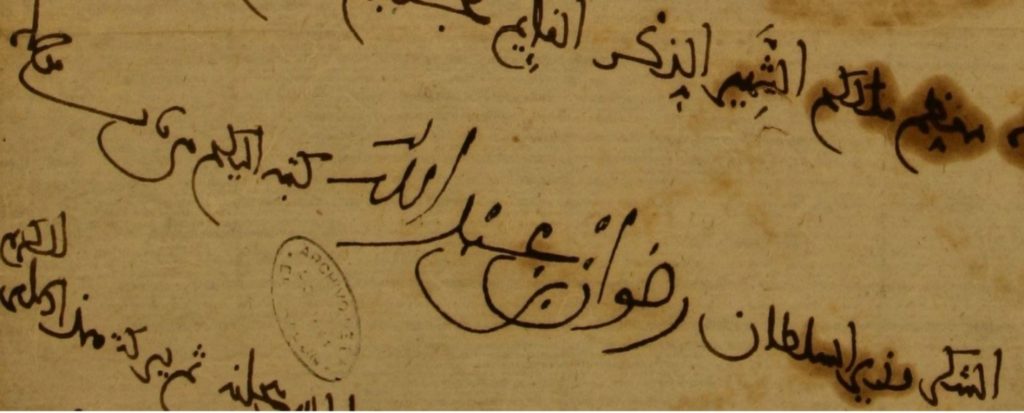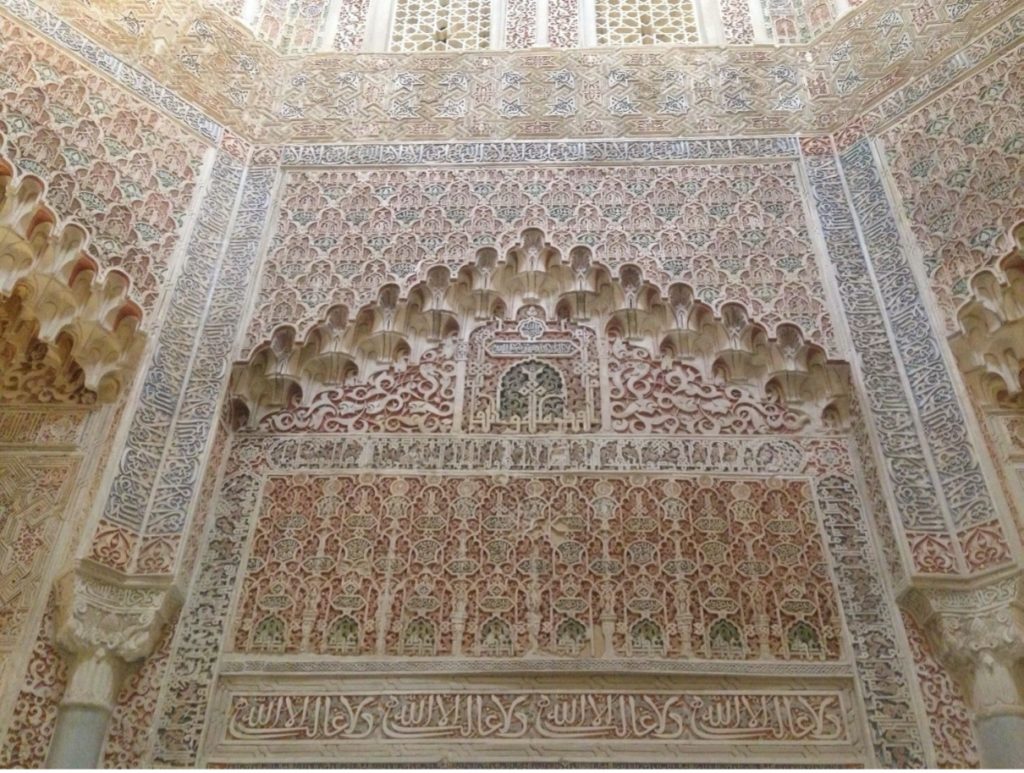Earlier this month, the corpse of a woman with a protruding front tooth and a sickle positioned across her throat was discovered in a 17th-century cemetery near the village of Pien in south-eastern Poland. The sickle was meant to keep the body contained: should the deceased woman have attempted to rise from her grave, the blade would have promptly beheaded her. Coupled with the woman’s prominent incisor, the placement of the sickle suggests that those who tended to her burial may have feared she was a vampire.
Professor Dariusz Poliński from Nicholas Copernicus University observed, “The sickle was not laid flat but placed on the neck in such a way that if the deceased had tried to get up most likely the head would have been cut off or injured.” Photo courtesy of Miroslaw Blicharski and Alexsander Poznan.
The woman was found with the remains of a silk head dressing, which indicates she was someone of high social status, as such a garment would have been an expensive commodity. Of course, this woman would be neither the first aristocrat nor the first woman to be suspected of vampirism.
In addition to the positioning of the sickle and her prominent incisor, a padlock was secured around the big toe of the woman’s left foot, which may be meant to symbolize “the closing of a stage and the impossibility of returning,” according to Poliński. Photo courtesy of Miroslaw Blicharski and Alexsander Poznan.
Elizabeth Báthory was a Hungarian noblewoman and history’s most prolific female serial killer, who tortured and murdered as many as 650 girls and women between 1590 and 1610. Her association with vampirism manifests in the folklore that describes the countess’s ritual of bathing in her virgin victims’ blood to retain her youthful beauty. Neither the number of victims nor her bathing activities are confirmed. Nevertheless, a servant girl testified that she saw the figure recorded in one of Báthory’s private books, and another witness stated that he had seen the countess covered in blood. Colloquially, she became known as the Bloody Countess and, more contemporarily, Lady Dracula.
A copy of the only known portrait of Elizabeth Báthory, depicting the countess at age 25. The original painting from 1585 has been lost.
Vlad Dracul, the late medieval ruler more commonly known as Vlad the Impaler, derived his namesake from his preferred method of murdering his enemies: impalement, a particularly gruesome form of death where a wood or metal pole is inserted through the body either front to back, such as a stake might be driven through a vampire’s chest, or vertically through the rectum or vagina. The prince purportedly enjoyed dining amongst his dying victims and dipping his bread into their blood.
Portrait of Vlad Dracul by an unknown artist, circa 1560. This painting, like the one of Elizabeth Báthory above, may be a copy.
As Dracul’s surname, which incidentally means dragon, and Transylvanian origins indicate, the intermittent ruler whose brutality spiraled into legend subsequently became a source of inspiration for Bram Stoker’s Dracula character. Another source, Sheridan Le Fanu’s Carmilla, not only preceded Dracula but also, conversely, rendered its vampire antagonist female. Moreover, the novella, set in Austria in the late 1800s, positions Carmilla as a clever seductress whose victims are predominantly male. Although Stoker’s iconic novel all but synonymized the vampire with maleness, Le Fanu’s character reflects the traditional association of vampiric tendencies with femaleness that preceded and pervaded the medieval period.
Depiction of Carmilla and her companion, Laura, whom the novella positions as both a friend and a romantic interest. The illustration, by D. H. Friston, accompanied Carmilla when it was first published as a serial in the literary magazine The Dark Blue between 1871 and 1872.
While sensational news specifically citing vampires did not appear in Britain or Europe until the 1700s, the veil of vampirism shrouded the female body during the medieval period and for centuries prior in many parts of the world. In ancient Mesopotamia, for example, the Assyrians feared a demon goddess known as Lamashtu, a name meaning “she who erases,” who was said to steal infants and suck their blood. Lilith, first wife of Adam turned primordial demon, has a similar reputation. Some stories describe her as a creature who steals babies under the cover of darkness, but she also has sex with men in their dreams and spawns demon offspring with their seed. Lilith’s legacy as a sexually wanton demon of the night seems fitting, as she was the woman who first cohabitated with man but refused subservience. More specifically, Lilith questioned why she should lie beneath her husband during sex, and her resistance reinscribed her as monstrous. She became a succubus, a demon in female form who, essentially, sucks the life from men.
Painting of Lilith produced by John Collier in 1887, which conveys her association with the devil and her sexual proclivity through the intimacy she shares with the snake that embraces her naked body.
In the late Middle Ages, the fear of women’s vampiric nature was embodied by the figure of the succubus and implied throughout the wildly popular treatise De secretis mulierum, or On the Secrets of Women. The misogynistic, pseudo-medical text posited women as polluted physiologically and prone to witchcraft; in turn, it laid the foundation for the 15th-century inquisitorial treatise Malleus maleficarum, or The Hammer of Witches. Witches were also believed to imbibe in blood, particularly when feasting on the bodies of infants.
Unlike depictions of the incubus, who adopts a male form and engages in sex with willing women, the succubus stalks unconsenting men, often in their sleep. As medieval historian Dyan Elliott explains, “Often a succubus is introduced into a tale so that the holy man can resist it.”[i] Involuntary nocturnal ejaculation served as evidence that a man had been preyed upon by a succubus whilst asleep. As the victim of a rapacious female entity who had extracted semen from his body without permission, the man was absolved of any sin stemming from sexual emission.
In her book Fallen Bodies, Dyan Elliott identifies the life of Saint Anthony as a quintessential depiction of a man who resists the succubus. Painting titled The Torment of Saint Anthony by Michaelango, circa 1487-88, depicts a demon with breasts and a perineal orifice that also functions as the mouth of a second face.
Semen was understood during the medieval period as a substance that was not only life-engendering through its role in conception but also life-sustaining in relation to the maintenance of men’s health. In short, the preservation of semen was vital to the preservation of the male body. Sex, therefore, posed a danger to men, who could become “dried out” if they engaged in sexual activity too frequently. Women, however, were believed to draw strength from the male body during sex by absorbing its heat, as described in the Secrets.[ii] Sapped of both his semen and his own bodily heat, the man was physically drained by intercourse, and the woman ingested his life force.
The Secrets heightens the vampiric qualities of the female body when it identifies a sign of conception as the feeling of the penis being “sucked into the closure of the vagina,”[iii] emphasizing how the woman’s sexual anatomy acts upon the male body to extract its fluids and does so, seemingly, of its own accord. One of the commentaries that frequently circulated with the text exacerbates this somewhat unsettling sentiment by ascribing desire directly to the female body when the writer states, “The womb sucks in the penis, for it is attracting the sperm because of the great desire it has.”[iv] This is not the only instance where the Secrets suggests that female bodies behave so deliberately. Another commentator explains how “it often happens that a woman conceives if she is in a bath where a man has ejaculated because the vulva strongly attracts the sperm,”[v] whereby the language alludes to the agency possessed by the female body that appears inherently poised to entice and consume the essence of its male counterpart if only for the purposes of reproduction.
Moreover, the Secrets infers that the vagina itself might bite the man during intercourse when the text warns its readers that women sometimes place iron inside their vaginas with the malicious intention of harming their sexual partner, who then “suffer[s] a large wound and serious infection of the penis.”[vi] The phrase vagina dentata was not coined until psychoanalyst Sigmund Freud connected it with his concept of castration anxiety circa 1900, but the idea of the “toothed vagina” effectively manifests much earlier in a medieval treatise that likens women to succubi who thirst for mortal men and threaten them with their monstrous appetite.
Written and directed by Mitchell Lichtenstein and produced by Joyce Pierpoline, Teeth is a 2007 comedy-horror film that draws upon the concept of the vagina dentata. The film was positively received by critics when it debuted at the Sundance Film Festival and provides a sharp commentary on consent and sexual violence, despite its poor performance at the box office.
Although women’s relationship with the postmedieval vampire can only be implied in a document that predates the term, women’s correlation with monstrosity could not be clearer. The commentator takes pains to note at an odd point in the text that, “according to Aristotle in the 16th book On Animals, woman is a failed male, that is, the matter that forms a human being will not result in a girl except when nature is impeded in her actions,” so “[i]f a female results, this is because of certain factors hindering the disposition of matter, and thus is has been said that woman is not human, but a monster in nature.”[vii]
As for the female remains recently unearthed in Poland, the skeleton has been relocated to a university for further study. While this woman was not the first to be found buried in a way that suggests her contemporaries feared she might rise from the dead, the placement of the sickle across her throat was unique. She was also spared from mutilation intended to prevent a vampire’s resurrection, which has been observed at other sites. Perhaps those who orchestrated her burial were being politely precautious. After all, if stories had instilled in them that a woman naturally desires to feed on men while she lives, how terrifying that hunger might be once her body was released from restraint by her death.
Emily McLemore, Ph.D.
Department of English
University of Notre Dame
[i] Dyan Elliott, Fallen Bodies, University of Pennsylvania Press (1999), 53.
[ii] Helen Rodnite Lemay, Women’s Secrets: A Translation of Pseudo-Albertus Magnus’ De Secretis Mulierum with Commentaries, State University of New York Press (1992), 127.
[iii] Lemay, Women’s Secrets, 121.
[iv] Lemay, Women’s Secrets, 121.
[v] Lemay, Women’s Secrets, 66.
[vi] Lemay, Women’s Secrets, 88.
[vii] Lemay, Women’s Secrets, 106.

